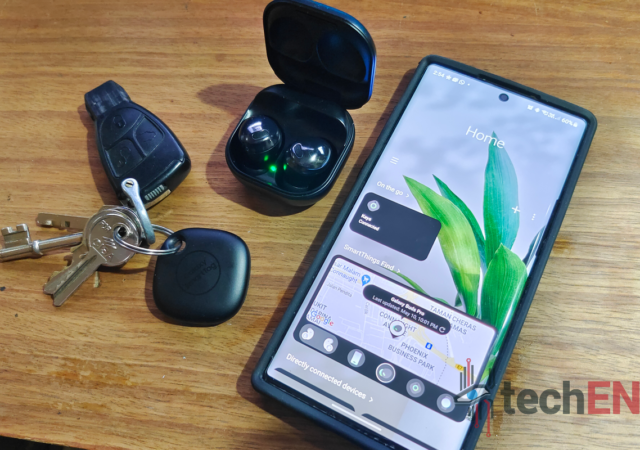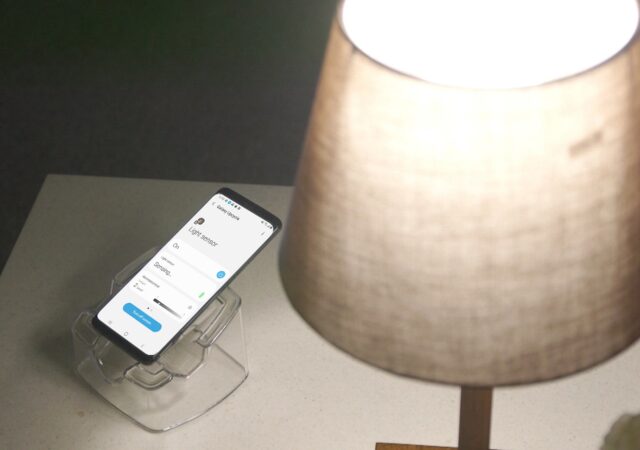Samsung’s Galaxy SmartTag and SmartThings platform are a crucial extension of the Galaxy Ecosystem. We find out if the platform is up to scratch!
Samsung’s Galaxy Upcycling Programme Turns Your Old Smartphones into an IoT device!
There is a problem with the smartphone and smart device industry today. That problem is accentuated by the accelerated growth of the industry as well. It is not just a localised problem, mind you. That problem is electronic waste. Technically,…




